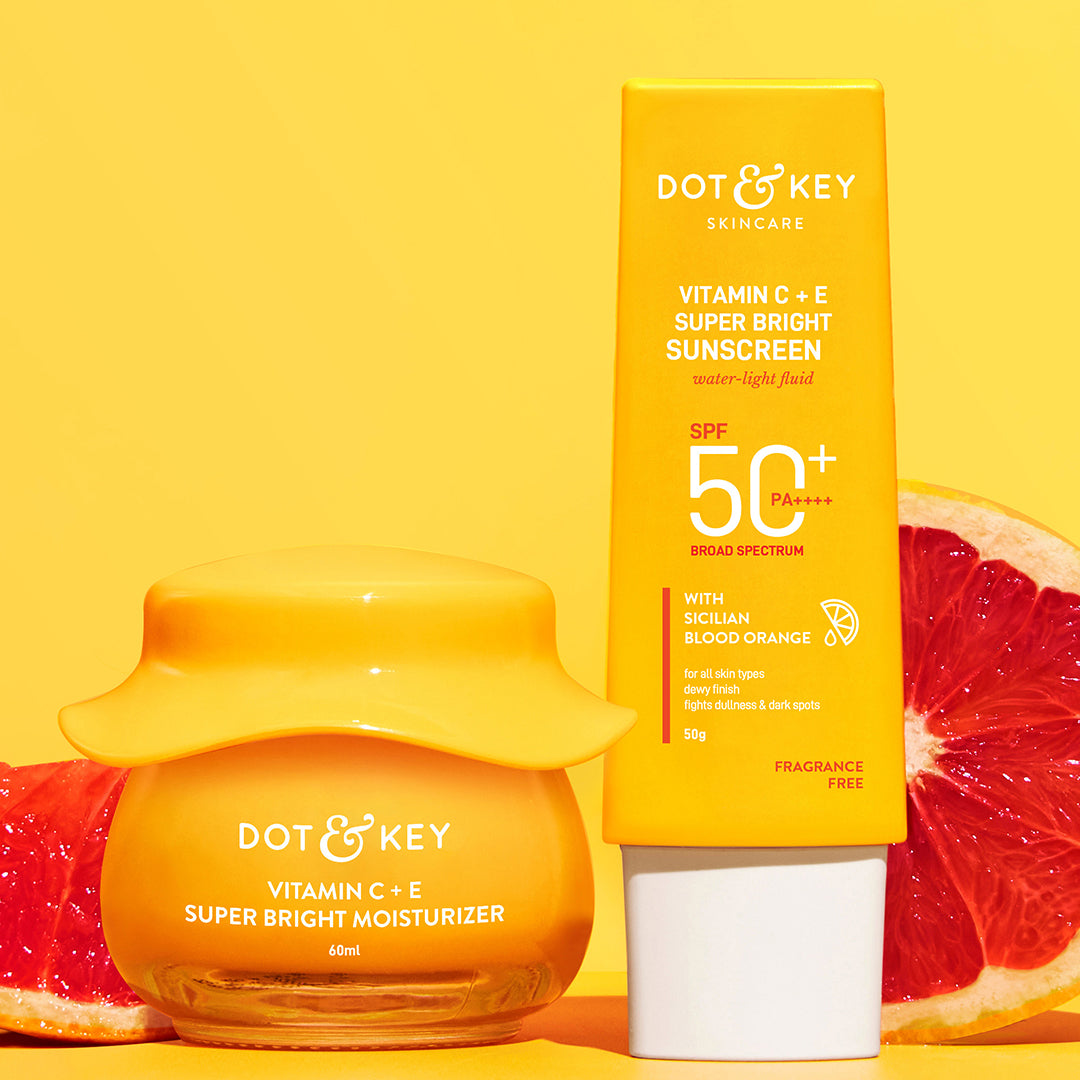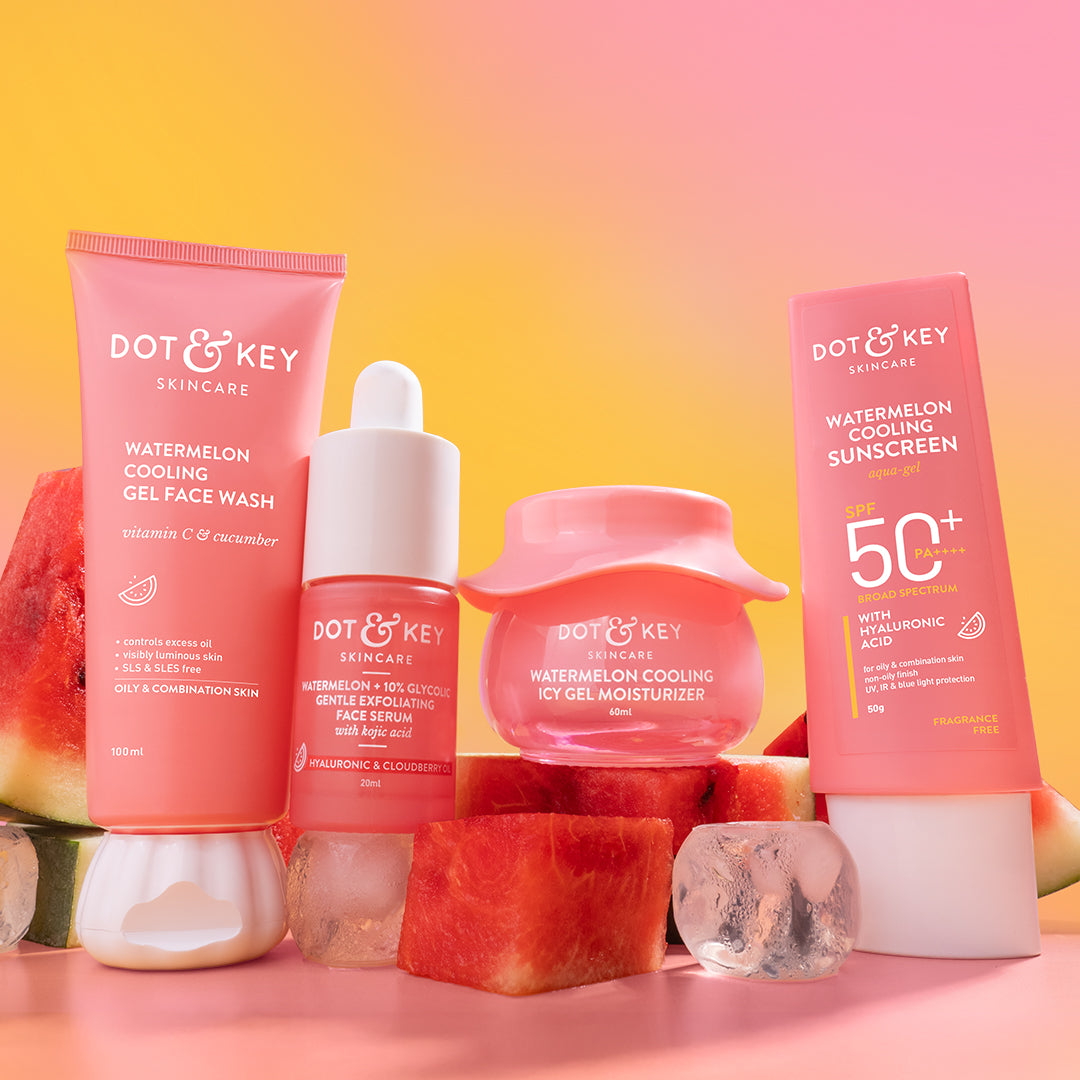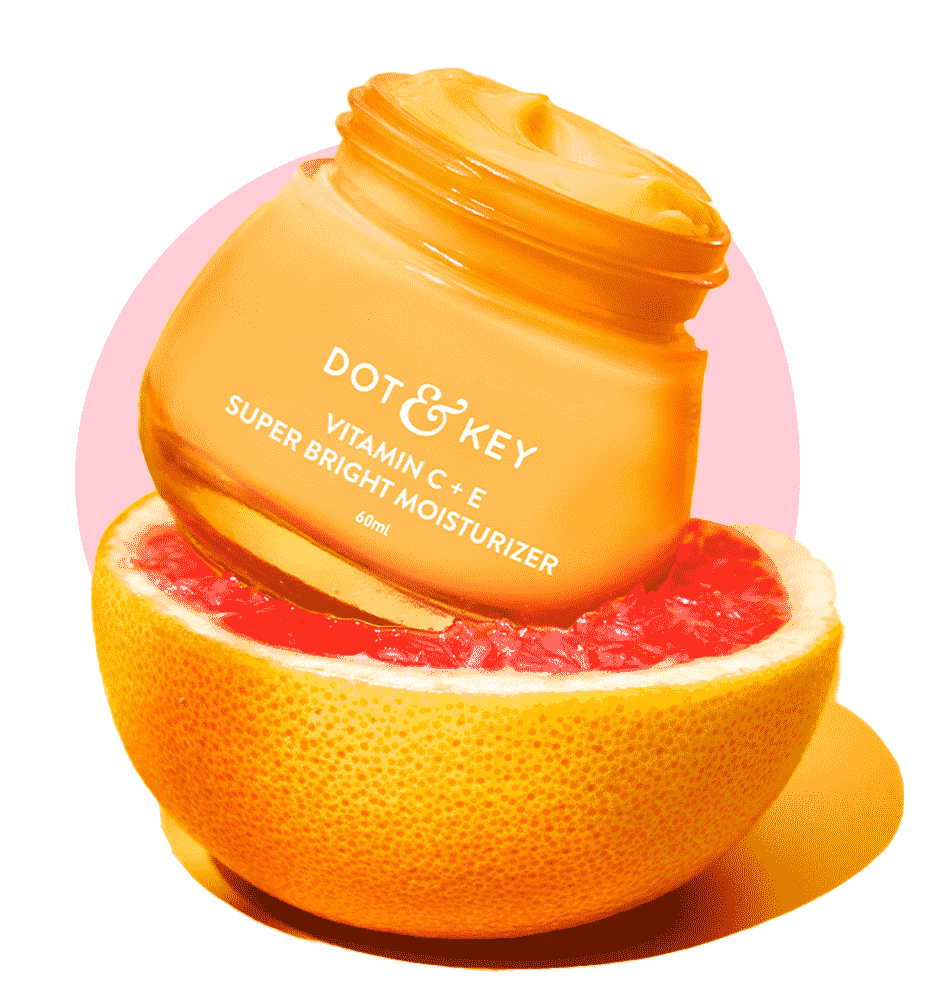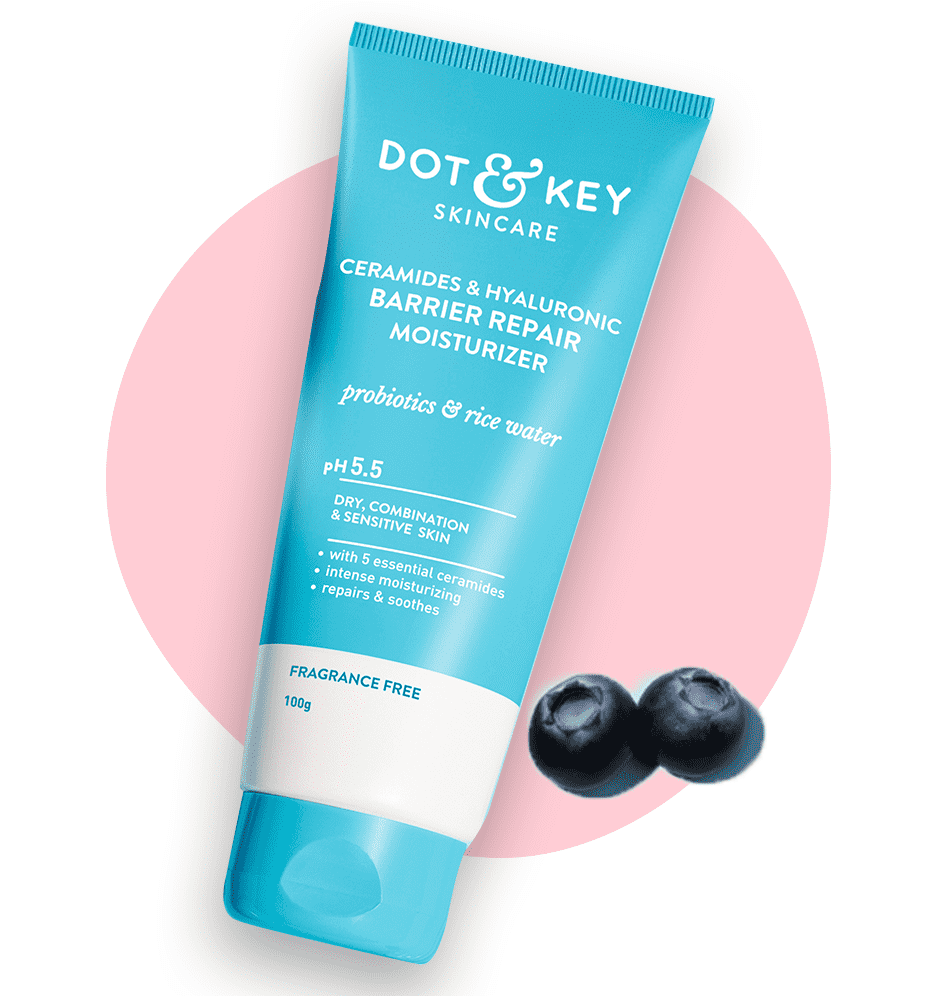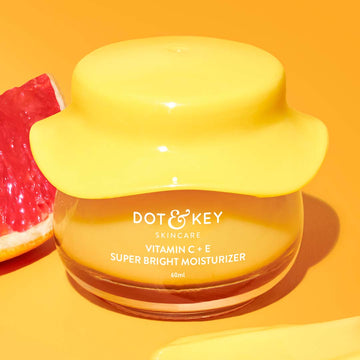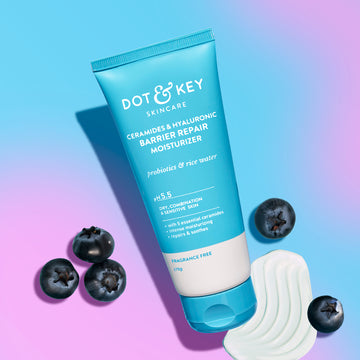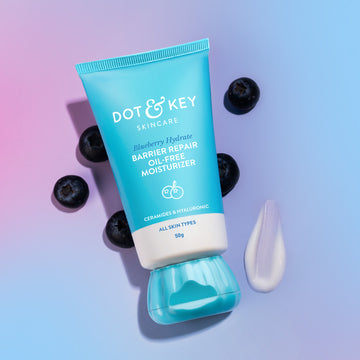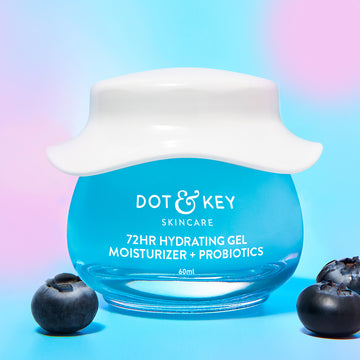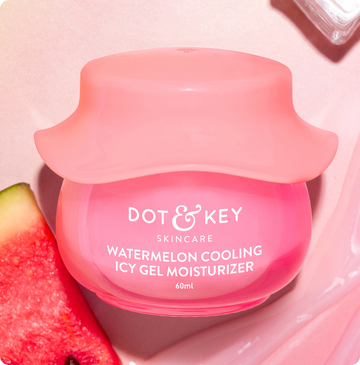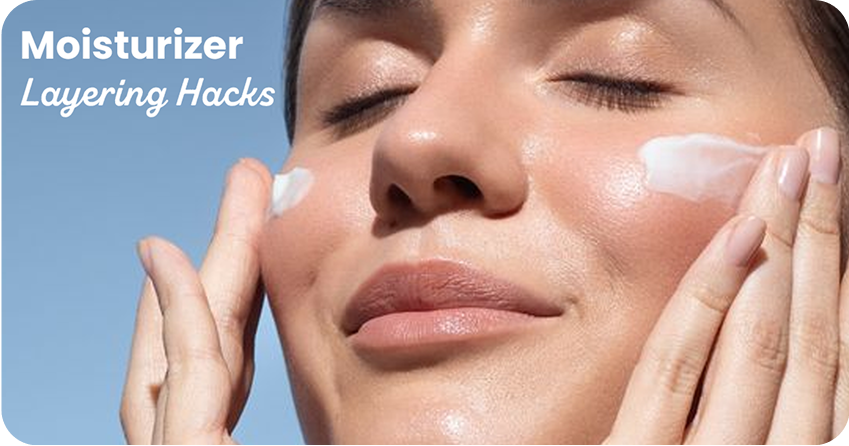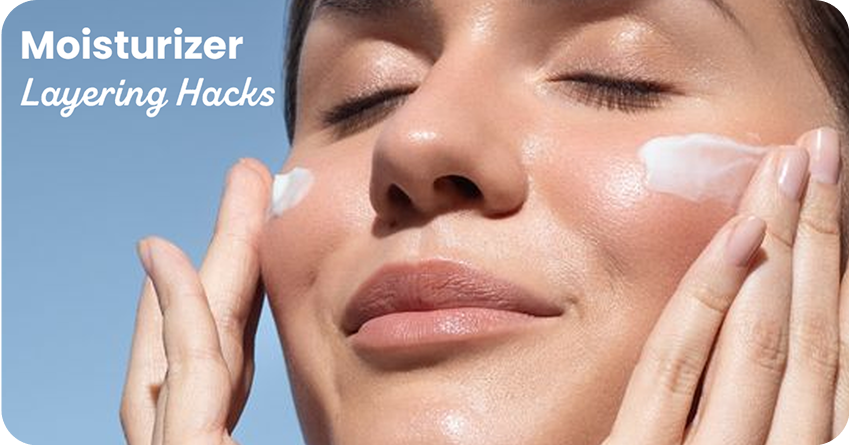
A well-crafted skincare routine can transform your skin, keeping it hydrated, protected, and youthful. At the heart of this routine lies moisturizer, a key player in maintaining your skin barrier and locking in the benefits of other products. However, layering moisturizer correctly with serums, actives, and sunscreen is an art that maximizes efficacy and prevents issues like pilling or irritation.
In this article, we’ll share expert-backed moisturizer layering hacks to help you build the perfect skincare routine, tailored to your skin type and goals. Backed by research, these tips will ensure your skin stays radiant, resilient, and healthy.
Let’s dive into the science and strategies for layering moisturizer like a pro.
Why Moisturizer Layering Matters
Moisturizers do more than hydrate—they seal in active ingredients, support the skin barrier, and protect against environmental stressors like UV rays and pollution. However, improper layering can reduce their effectiveness or cause problems like clogged pores, uneven texture, or diminished results from serums or treatments.
A 2020 study in Journal of Cosmetic Dermatology found that applying skincare products in the correct order increased ingredient penetration by 25%, enhancing hydration and barrier repair. Layering moisturizer strategically ensures that each product works synergistically, delivering optimal results for anti-ageing, hydration, and skin health.
Dr. Emily Chen, a dermatologist, explains: “Layering is about creating a pathway for active ingredients to penetrate while sealing them in with moisturizer. Get the order right, and your routine becomes a powerhouse.”
The Basics of Moisturizer Layering
Before diving into hacks, let’s review the fundamental principles of layering moisturizer in a skincare routine:
-
Order of Application: Apply products from thinnest to thickest texture to ensure absorption. The general rule is:
- Cleanser
- Toner/Essence
- Serums (water-based, then oil-based)
- Moisturizer
- Sunscreen (day) or occlusive/oil (night)
-
Purpose of Moisturizer:
- Locks in moisture and active ingredients.
- Repairs the skin barrier with lipids like ceramides or fatty acids.
- Prevents transepidermal water loss (TEWL).
-
Skin Type Consideration:
- Oily/Acne-Prone: Lightweight gels or lotions.
- Dry/Sensitive: Rich creams with occlusives.
- Combination: Balanced formulas with humectants and emollients.
A 2019 study in Clinical, Cosmetic and Investigational Dermatology showed that proper layering with a moisturizer reduced TEWL by 20% and improved skin hydration across all skin types.
10 Moisturizer Layering Hacks for the Perfect Routine
These research-backed hacks will elevate your skincare routine, ensuring your moisturizer works harmoniously with other products for maximum benefits.
1. Apply Moisturizer on Damp Skin
-
How to Do It
- After cleansing or applying toner/serum, pat skin gently so it’s still damp (not dripping).
- Apply moisturizer immediately to trap water molecules.
- Use about a pea-sized amount for the face and neck.
-
Why It Works
- A 2021 study in Dermatology and Therapy found that applying moisturizer on damp skin increased hydration by 30% compared to dry skin, as it mimics the skin’s natural moisture retention.
- Hack: Mist with a hydrating toner or water before moisturizing for an extra hydration boost, especially in dry climates.
2. Layer Serums Before Moisturizer
-
How to Do It
- Apply water-based serums (e.g., hyaluronic acid, niacinamide) first, followed by oil-based serums (e.g., vitamin E).
- Wait 30-60 seconds for each serum to absorb before applying moisturizer.
- Use a lightweight moisturizer to seal in actives without blocking penetration.
-
Why It Works
- A 2020 study in Journal of Cosmetic Science showed that layering serums before moisturizer improved active ingredient absorption by 20%, enhancing benefits like brightening or anti-ageing.
- Hack: Apply serums in order of priority (e.g., vitamin C for brightening before niacinamide for barrier repair) to address multiple concerns.
3. Use the Sandwich Method for Actives
-
How to Do It
- Cleanse and apply a thin layer of moisturizer to damp skin.
- Apply your active (e.g., retinol, AHAs) over the moisturizer.
- Seal with another layer of moisturizer to lock in the active and soothe skin.
-
Why It Works
- A 2018 study in Dermatologic Surgery found that sandwiching retinoids with moisturizer reduced irritation by 40% without compromising collagen-boosting effects.
- Hack: Use a ceramide-based moisturizer for the sandwich method to strengthen the barrier and minimize retinoid-related dryness.
4. Pair Moisturizer with Sunscreen for Daytime Protection
-
How to Do It
- Apply moisturizer after serums, using a lightweight formula for oily skin or a richer one for dry skin.
- Wait 1-2 minutes, then apply broad-spectrum SPF 30+ (about two finger-lengths for face and neck).
- Alternatively, use a moisturizer with built-in SPF for convenience.
-
Why It Works
- A 2021 study in Photodermatology, Photoimmunology & Photomedicine showed that pairing moisturizer with SPF reduced UV-induced barrier damage by 30%, enhancing anti-ageing benefits.
- Hack: Choose a non-comedogenic moisturizer to prevent clogged pores under sunscreen, especially for acne-prone skin.
5. Lock in Nighttime Actives with a Rich Moisturizer
-
How to Do It
- Apply actives (e.g., retinol, peptide serum) after cleansing and serums.
- Follow with a rich moisturizer containing ceramides, cholesterol, or occlusives like squalane.
- Massage gently to promote absorption and circulation.
-
Why It Works
- A 2019 study in The Journal of Clinical and Aesthetic Dermatology found that occlusive moisturizers increased retinoid efficacy by 15% by preventing evaporation and enhancing penetration.
- Hack: Add a drop of facial oil over your moisturizer for extra occlusion in dry or cold climates.
6. Avoid Pilling with Thin Layers
-
How to Do It
- Use pea-sized amounts of each product (serum, moisturizer, SPF).
- Wait 30-60 seconds between layers to allow absorption.
- Pat moisturizer gently rather than rubbing to minimize friction.
-
Why It Works
- A 2020 study in Journal of Cosmetic Dermatology noted that thin layering reduced product interaction by 50%, preventing pilling and ensuring efficacy.
- Hack: If pilling persists, simplify your routine or switch to a silicone-free moisturizer, as silicones can clash with certain serums.
7. Customize Moisturizer for Your Skin Type
-
How to Do It
- Oily/Acne-Prone: Use gel-based moisturizers with niacinamide or hyaluronic acid.
- Dry/Sensitive: Opt for creams with ceramides and occlusives.
- Combination: Choose lotions with balanced humectants and emollients.
- Apply sparingly to oily areas (e.g., T-zone) and generously to dry areas (e.g., cheeks).
-
Why It Works
- A 2018 study in Clinical, Cosmetic and Investigational Dermatology found that skin type-specific moisturizers improved hydration by 25% without exacerbating oiliness or dryness.
- Hack: Mix a lightweight gel moisturizer with a drop of rich cream for combination skin to customize texture.
8. Use Moisturizer to Dilute Potent Actives
-
How to Do It
- Mix a small amount of active (e.g., retinol) with a pea-sized amount of moisturizer in your palm.
- Apply the mixture as a single layer after cleansing and serums.
- Gradually reduce the moisturizer ratio as your skin adjusts.
-
Why It Works
- A 2019 study in Dermatologic Therapy showed that diluting retinoids with moisturizer reduced irritation by 35% while maintaining anti-ageing benefits over time.
- Hack: Use a fragrance-free, ceramide-based moisturizer for dilution to soothe and repair the barrier simultaneously.
9. Layer Antioxidants Under Moisturizer
-
How to Do It
- Apply an antioxidant serum (e.g., vitamin C) after cleansing and toner.
- Wait 1–2 minutes for absorption, then apply moisturizer to seal it in.
- Follow with SPF in the morning to enhance protection.
-
Why It Works
- A 2020 study in The Journal of Clinical and Aesthetic Dermatology found that layering antioxidants under moisturizer increased free radical protection by 20%, reducing oxidative stress.
- Hack: Choose a moisturizer with complementary ingredients (e.g., niacinamide) to amplify antioxidant benefits without overloading your routine.
10. Reapply Moisturizer Mid-Day for Extra Hydration
-
How to Do It
- Mist skin with water or a hydrating toner to prep.
- Pat on a thin layer of gel or lotion moisturizer (pea-sized amount).
- Reapply SPF over makeup with a powder or mist if outdoors.
-
Why It Works
- A 2021 study in Journal of Cosmetic Science showed that mid-day moisturizer reapplication reduced TEWL by 15% in low-humidity settings, preventing dryness.
- Hack: Carry a travel-size moisturizer (under 3.4 oz) for on-the-go hydration, especially during flights or in cold weather.
Sample Layering Routines by Skin Type
Here are expert-recommended routines to show how to layer moisturizer effectively:
Oily/Acne-Prone Skin (Morning)
- Gentle cleanser
- Niacinamide serum (oil control, brightening)
- Lightweight gel moisturizer (hyaluronic acid, non-comedogenic)
- Broad-spectrum SPF 30+ (matte finish)
Dry/Sensitive Skin (Morning)
- Mild cleanser
- Hyaluronic acid serum (hydration)
- Rich cream moisturizer (ceramides, cholesterol)
- Broad-spectrum SPF 30+ (hydrating formula)
Combination Skin (Night)
- Double-cleanse (oil-based, then water-based)
- Vitamin C serum (brightening)
- Retinol (sandwich with moisturizer if sensitive)
- Balanced lotion moisturizer (niacinamide, fatty acids)
Mature Skin (Night)
- Gentle cleanser
- Peptide serum (anti-ageing)
- Retinol or bakuchiol (anti-wrinkle)
- Rich cream moisturizer (ceramides, squalane)
- Facial oil (optional, for extra occlusion)
Note: Adjust frequency of actives (e.g., retinol 2–3 times per week) based on skin tolerance.
Conclusion
Master the Art of Moisturizer Layering for Radiant, Resilient Skin. Moisturizer may seem like a simple step, but when layered thoughtfully with the right products, it becomes a powerful tool for achieving healthy, youthful skin. Whether you're targeting dryness, acne, ageing, or sensitivity, understanding how to layer your skincare—from serums to SPF—can dramatically enhance your results.
By applying moisturizer at the right time, in the right way, and with the right ingredients, you protect your skin barrier, boost the effectiveness of actives, and keep hydration locked in all day and night. Start with the hacks that suit your skin type and lifestyle best—and remember, skincare is personal. With a little experimentation and consistency, your routine can become not just effective, but transformative.

